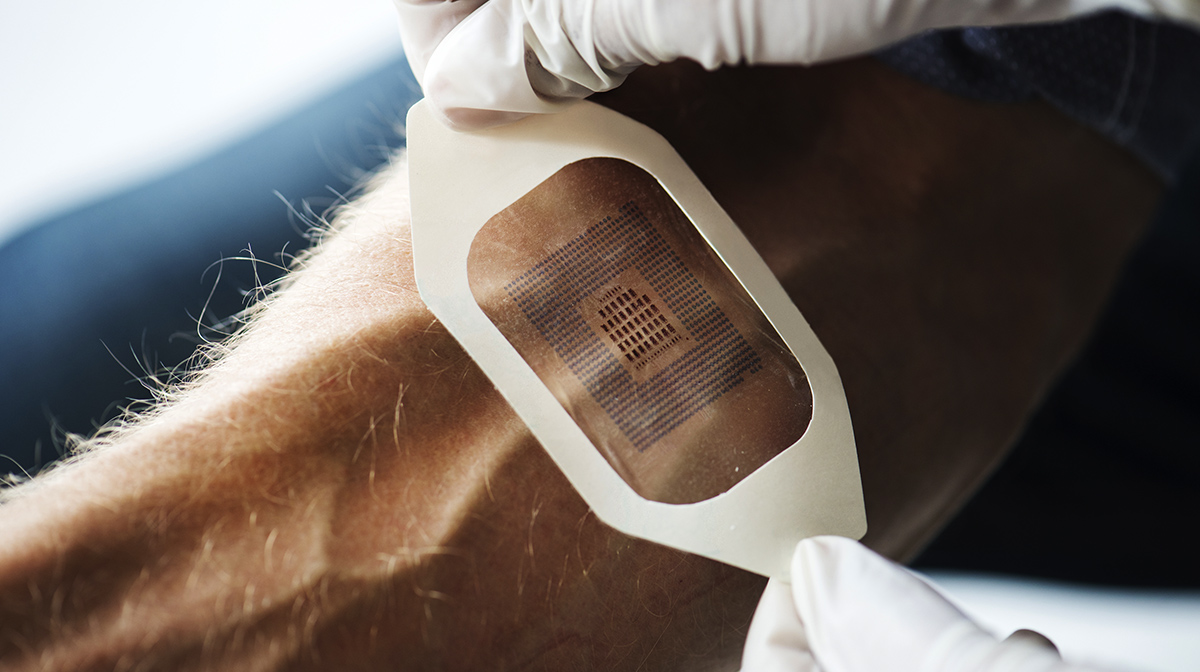
4 Common Prototyping Mistakes of Micron-scale Flex Circuit Designs
Of all the devices our clients call on us to make, ultra-miniature flex circuits are among the most challenging. Success often requires spending considerable upfront time with customers to gain a full understanding of their specific requirements as well as to identify risk factors that either they or we may help mitigate before committing to full-scale production. It is not always clear during our initial conversations whether the flex circuit the customer has in mind can even be made, if it can be produced at sufficiently high yield or at low enough cost to be worth the required investment.
That investment is likely to be lower if the customer comes into those early discussions with some understanding of the challenges and success factors involved. Very often the result of those conversations — and an alternative the customer should come prepared to consider — is to actually redesign the circuit itself.
Here are four reasons why:
1. There are too many layers. A flex circuit consists of multiple metal-on-polyimide layers with through holes called vias connecting some of the electrical elements residing on adjoining layers. Every time you add a layer you multiply the risk of failure since it only takes a single fault on any single layer to make the entire device fail. And not only must each layer be error free itself, it must also work flawlessly with all the other layers, both electrically and mechanically (e.g., it must be aligned with microscopic precision). All of this means that redesigning the circuit so it can be implemented with fewer layers, may be the best way to reduce manufacturing risk, increase yield, and ultimately achieve lowest total costs.
2. Circuits can’t bend enough. When you make something smaller (while keeping all proportions the same) you also make it thinner, including the layers of a multilayer flex circuit. A thinner layer may be more flexible than a thicker layer, but if the layer is too thin, it’s more likely to break instead of bend, especially if subjected to pulling, twisting, compression or other forces at the same time. Thinner layers also offer less electrical impedance, increasing the potential for cross talk. An alternative way to increase flexibility is to reduce the number of layers, which again, means a circuit redesign. Also, as discussed next, another reason to redesign the circuit may be to decrease circuit density in certain areas so as to also make the layers more flexible, to reduce crosstalk, or to do both.
3. Circuit density is too high. As circuits get smaller, so do the spaces between circuit traces, eventually to the point where traces are no longer sufficiently insulated from each other and electrical failures will occur. Again, the remedy may be to redesign the circuit, so the circuits are not so dense to begin with. Greater flexibility, as just mentioned, is another benefit of lower circuit density.
4. Circuits can’t be integrated with other components. Flex circuits are not finished products in themselves but must be integrated with other parts. A challenge when solder pads are so small is that the solder doesn’t stick or a circuit’s metal backing requires extra force to mount (because it’s so small) on a PTC and is therefore more likely to break (because it is so thin). One solution is to reposition some of the device’s components so there is less stress on the backing — and less chance of breaking.
Of course, some circuits are more challenging than others, and not every circuit will need a redesign in order to scale it down to ultra-miniature size, but some will. And even those that don’t will often benefit from a discussion about the manufacturing implications of upstream design decisions. Having a manufacturing partner willing and able to work through these issues with you early can help you avoid significant frustration, delay, and expense later.

